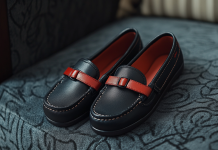When we talk about women in the fashion world, we immediately think of Coco Chanel and, of course, a huge number of beautiful models on the catwalks. But everything is much more complicated.
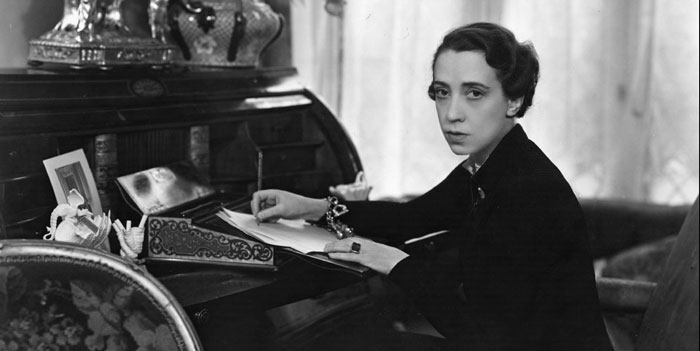
Let’s rid of this stereotype: a woman is able not only to display the creations of male designers but also to create trends, generate ideas, develop and radically change the world of fashion.
Elsa Schiaparelli
A pioneer in the world of experimental avant-garde fashion. Known for her design madness, she shocked the audience with unusual creations: the suit, which looks as if worn backward, the images of X-rays on clothes, jewelry in the form of huge beetles. It all looked gorgeous when created by her. Marlene Dietrich and Katharine Hepburn admired her taste, and Coco Chanel considered Schiaparelli one of the main rivals.
Elsa knew how to dress strangely but in an elegant and attractive manner. By the way, many of her outfits were inspired by the works of her friend Salvador Dali. Communication with him brought notes of surrealism to her work: a lobster dress with parsley, gloves with claws, hats, shoes and handbags. And it was Schiaparelli who introduced culottes and zippers to everyday clothes.
Jeanne Paquin
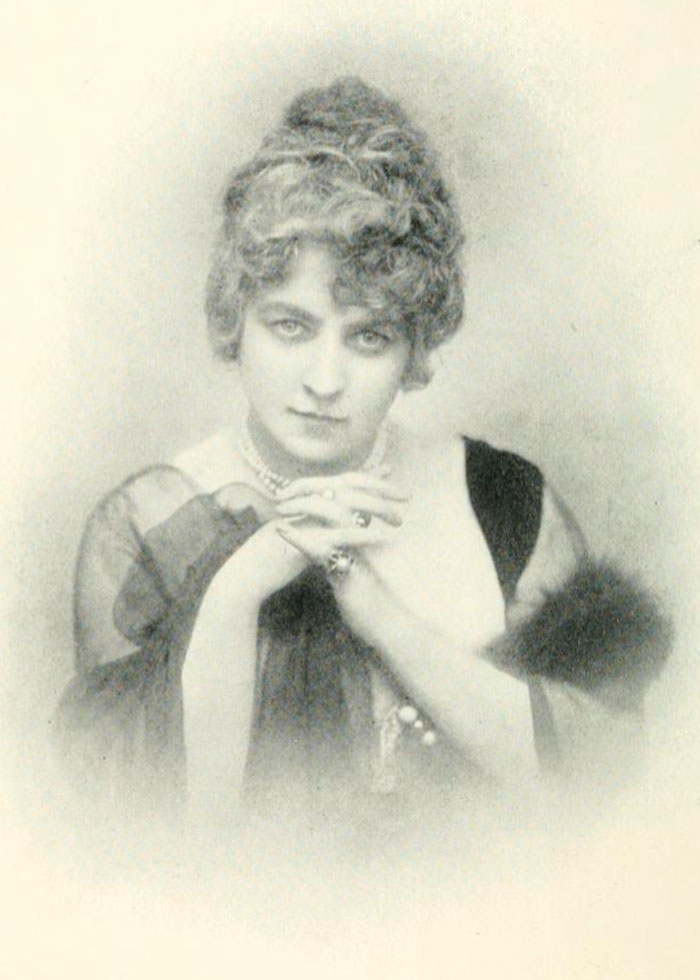
The French fashion designer is known for her innovative designs. In addition, she is the first to use marketing techniques to promote her business. Jeanne dressed up models and sent them to social events. There they shared the dressmaker’s address with the guests. This is how she advertised her brand.
Jeanne also organized the first fashion show in Paris. She collaborated with illustrators to create a catalog album and architects to design the interior of the salon. Nobody did that in the 19th century.
Madeleine Vionnet
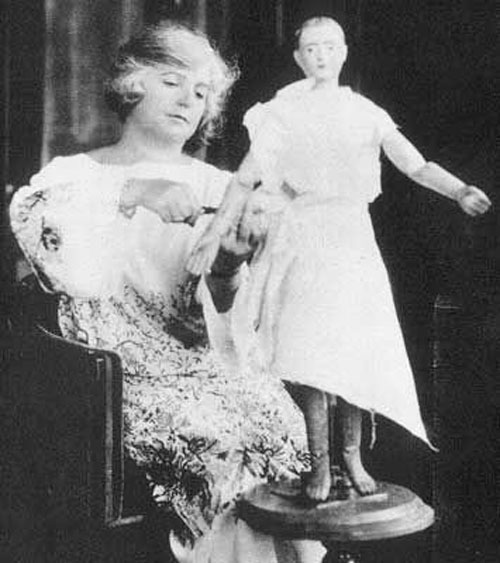
She is called a fashion architect and one of the most influential designers of the 20th century. Inspired by Isadora Duncan and the mysterious East, she was one of the first to abandon the use of a corset. Soon, loose dresses of the Greek silhouette appeared, enveloping the body and emphasizing its curves. The most famous admirers of her work were Marlene Dietrich and Greta Garbo.
However, Madeleine was interested not only in fashion but also in women’s rights. She paid her female workers for parental leave, organized free canteens, and nurseries. In addition, her employees could get the services of a dentist and other doctors for free. It was a kind of medical insurance.
Mary Quant
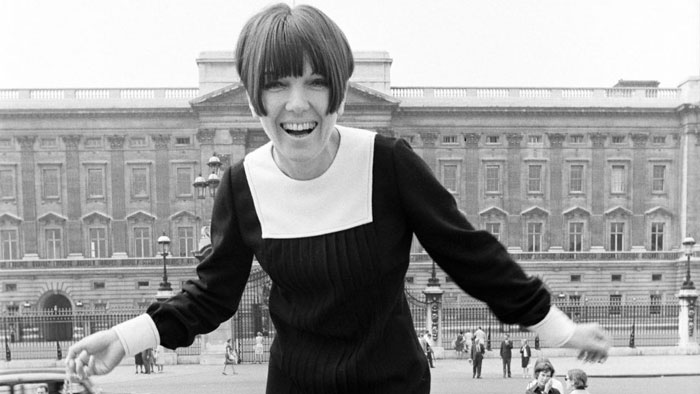
Quant went down in history as a designer who dressed girls all over the world in a mini-skirt. According to Mary herself, this happened by accident: she cut the hem of her friend’s skirt so that it would not interfere with her washing the floors.
The invention of a mini-skirt is often credited to Andre Courreges, but the truth is that it was rather a coincidence. Besides, it reflected the mood of society. Mary herself was a rebel, she loved to observe others and catch the smallest details. “It was not I who invented the mini-skirt and not even Courreges. The girls on the streets were the first to dress like this”, she said.
Interestingly, she was not a fashion designer like Christian Dior or Chanel, but she dressed literally all of the swing London in the 1960s! Back at that time feminism was gaining momentum in Europe, and the conflict of generations was aggravated. This led to the need to look at women’s clothing from a different angle. Mary understood the desire of women to get rid of pretentious hairstyles, constraining outfits, and exaggerated femininity.
After the mini-skirt, there appeared small trapeze dresses and mini shorts. The things got distributed at the lightning speed! In 1955, she opened her own store, the regular customers of which were The Beatles, actor Richard Burton, Brigitte Bardot, Mick, and Bianca Jagger.
Diana Vreeland
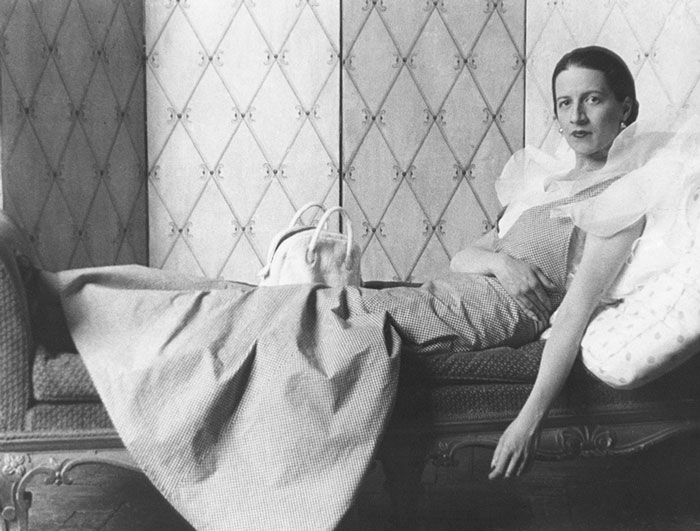
Vreeland is known as the fashion editor of Harper’s Bazaar and editor-in-chief of American Vogue. It was she who turned the magazine into the most influential publication on fashion in 1963.
Diana was the first to write witty and provocative fashion reviews, while magazines had dry reports on trends.
Against the backdrop of the boring American fashion of the 1940s, she taught housewives not to be afraid to experiment, wear bright colors in clothes and use red lipsticks and varnishes.
She had a unique vision of female beauty. Once Diana noticed Lauren Hutton, who only worked as a fitting model, but never as a photo model. She had a slight squint and diastema between her front teeth. Vreeland insisted on taking her pictures and sent them to the legendary Richard Avedon.
That was how Lauren’s stunning career began, and she still hits the podium today! At the age of 77. Vreeland seemed to bring success to everyone she worked with.




